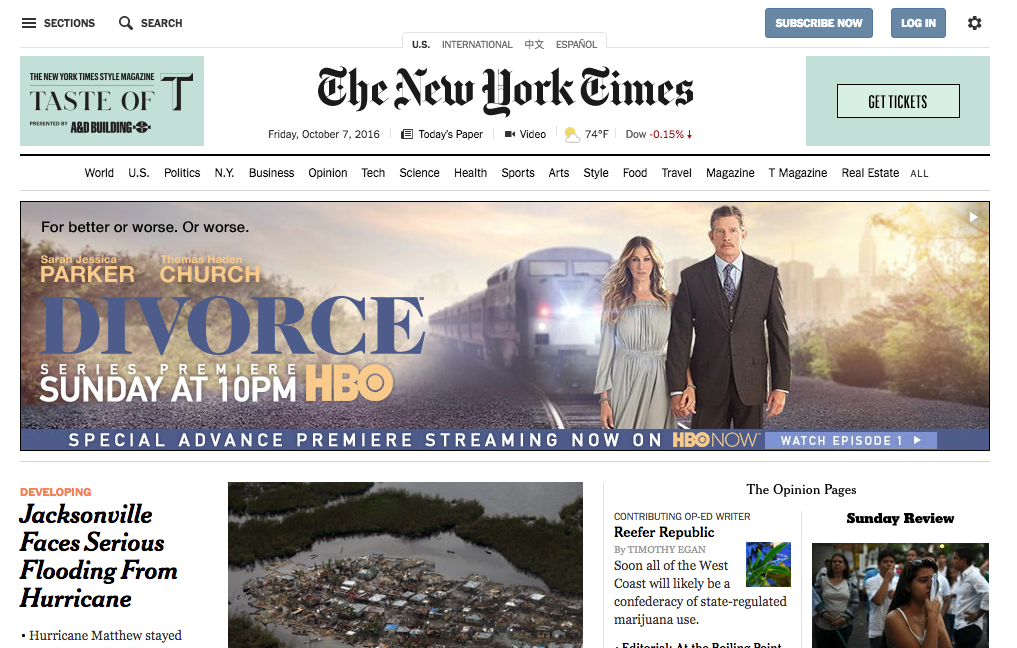What Happened
The New York Times says it is moving away from standard banner ads and replacing them with a proprietary display ad format called Flex Frame. Designed to be more “native” on its website, the new format will appear along the top of webpages, in between paragraphs, and in feeds of content elsewhere on the site. The horizontal display ad unit will dynamically adjust in size and layout across different devices and window sizes.
What Brands Should Do
The Times is commendable in its efforts to modernize its display ad business and improve the experience for users and effectiveness for marketers. This initiative offers an example of how publishers are trying to deal with the rise of ad-blocker usage by improving the ad experience and adopting new ad formats like this helps brands better engage audiences, and brand marketers should be aware of new ad products available and work with publishers to make sure their ads are being delivered in a consumer-friendly way.
For more information on how brands can deal with the increasing consumer aversion toward ads, check out the Ad Avoidance section in our Outlook 2016.
Source: Wall Street Journal


